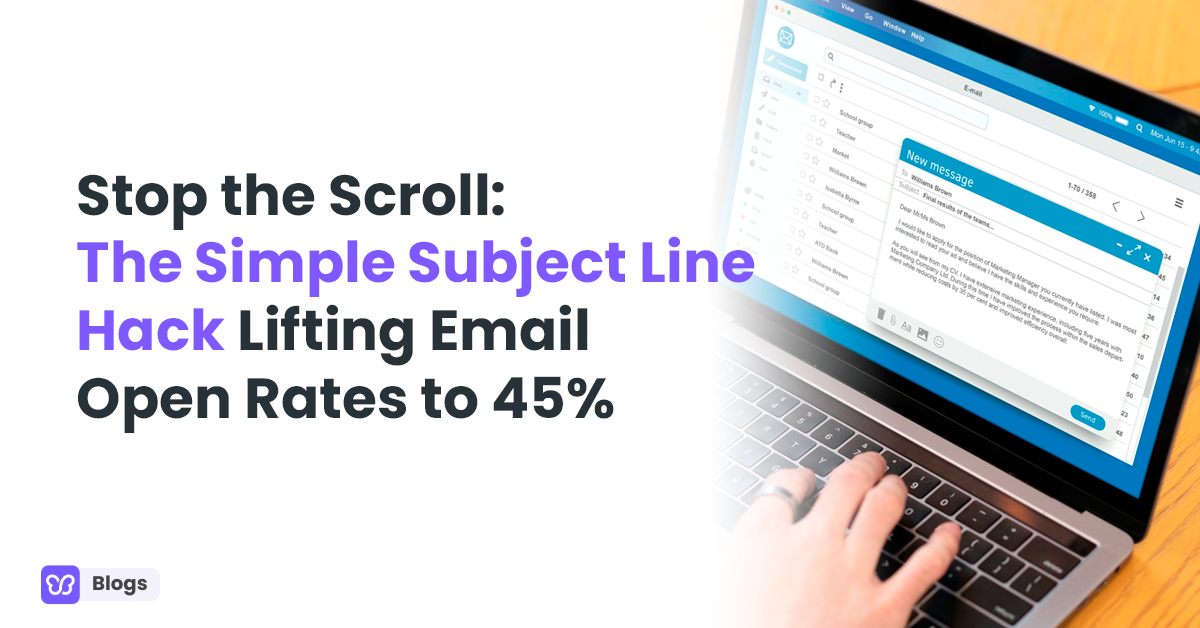Key metrics to track in field marketing
1. Foot traffic: Measure the number of people who visit your field marketing events or activations. Tracking foot traffic can help you assess the effectiveness of your event locations, timing, and promotional efforts.
2. Lead generation: Monitor the number of leads generated through field marketing activities. Track how many leads convert into customers to evaluate the quality of your leads and the success of your conversion strategies.
3. Engagement metrics: Measure customer engagement levels, such as time spent at your booth, interactions with staff, and participation in activities. Engagement metrics can help you gauge the level of interest and interaction with your brand.
4. Sales conversions: Track the number of sales or conversions resulting from your field marketing efforts. Measure the ROI of your campaigns by analyzing how many leads are converted into paying customers.
5. Customer feedback: Collect feedback from customers through surveys, feedback forms, or direct interactions. Analyze customer feedback to understand their perceptions, preferences, and areas for improvement.
6. Brand awareness: Measure the impact of your field marketing campaign and activities on brand awareness. Track metrics such as social media mentions, website traffic, and brand recognition to assess the reach and visibility of your brand.
7. Return on Investment (ROI): Calculate the ROI of your field marketing campaigns by comparing the costs incurred with the revenue generated. Assess the profitability and effectiveness of your field marketing vs. efforts to make informed decisions for future strategies.
How to analyze data and iterate on your field marketing strategies for continuous improvement
1. Data analysis: Collect and analyze data from various sources, such as CRM systems, event analytics, social media metrics, and customer feedback. Use data analysis tools to identify trends, patterns, and insights that can inform your decision-making process.
2. Identify success factors: Determine which aspects of your field marketing campaigns are driving positive results. Identify key success factors, such as high-performing locations, effective messaging, or engaging activities, to replicate successful strategies in future campaigns.
3. Areas for improvement: Identify areas where your field marketing strategies can be enhanced or optimized. Look for opportunities to improve customer engagement, increase lead generation, or strengthen brand awareness based on data analysis and feedback from field marketing representative.
4. Test and iterate: Implement A/B testing or pilot programs to test new ideas, messaging, or strategies. Monitor the results and iterate on your campaigns based on the data and feedback gathered during testing.
5. Continuous learning: Stay informed about industry trends, best practices, and emerging technologies in field marketing. Attend conferences, workshops, and training sessions to enhance your knowledge and skills in the a field marketing manager.
6. Collaboration and feedback: Foster collaboration among field marketing team, members and stakeholders involved in field marketing initiatives. Encourage open communication, share insights and feedback, and work together to brainstorm innovative ideas for improvement.
By tracking key metrics, analyzing data, and iterating on your field marketing strategies based on insights and feedback, you can continuously improve the effectiveness of your campaigns, drive better results, and achieve your marketing objectives.









